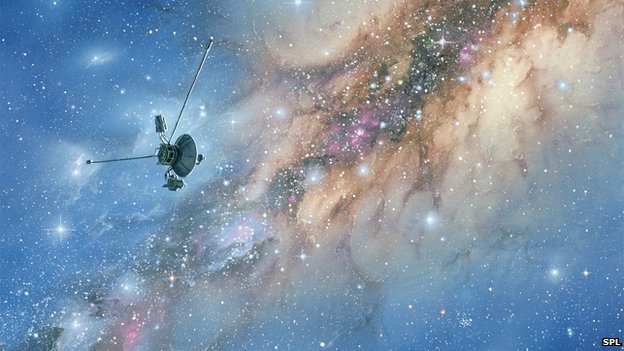
As NASA’s Dawn spacecraft scrutinized the asteroid Vesta in 2011 and 2012, the asteroid looked grayish in color and scarred with large and small craters. Scientists at the Max Planck Institute for Solar System Research in Katlenburg-Lindau, Germany, recently re-analyzed images from Dawn’s framing camera and assigned colors to different wavelengths of light. Their new colorized images reveal new details of geologic structures on the asteroid’s surface that were previously hidden to the eye. The new images – released December 16, 2013 – show a hidden beauty in Vesta’s ancient landscape.
These scientists are now scrutinizing new details about structures on Vesta such as melts from impacts by other asteroids, and craters buried by quakes on Vesta. They can also see foreign material brought by other rocks in space. Their new images have a resolution of 200 feet (60 meters) per pixel.
Martin Hoffman, a member of the framing camera team also at Max Planck, commented in the press release on the beauty of the new images. He said:
No artist could paint something like that. Only nature can do this.
Originally posted 2013-12-19 00:07:47. Republished by Blog Post Promoter

![20131219-010659[1]](https://coolinterestingnews.com/wp-content/uploads/2013/12/20131219-0106591.jpg)










